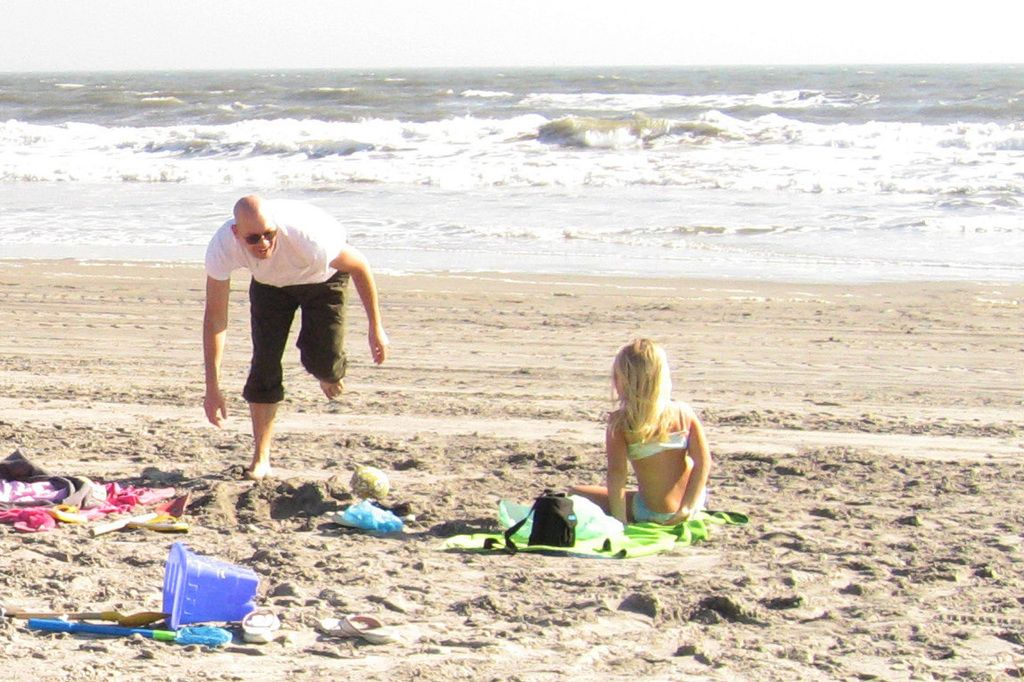Revealing the Bite of Winter: Over 1.8 Million Homes Froze Due to Soaring Heating Costs
Over 1.8 million individuals suffered cold winter conditions due to excessive heating expenses, according to the survey. - Roughly 1.8 million individuals struggled with heating costs during the winter, resulting in cold temperatures.
Winter'24 turned out to be a chilly and painful experience for households across Germany. Thorsten Storck, energy expert from Verivox, puts it plainly: last winter was colder, and heating became more expensive due to the return of the full VAT rate on natural gas in April'24 and a surge in the CO2 price at the start of the year. This perfect storm drove many people to grit their teeth, enduring biting cold inside their homes.
A survey involving 1,007 participants aged between 18 and 79, representative of the German population in terms of age, gender, and federal state, confirmed the harsh reality.
Here's a lowdown on what made winter'24 a costly and frosty affair:
- Extra Chill Factors: The winter of '24 witnessed a whopping 23% surge in the average heating consumption of oil, gas, and district heating compared to the previous heating season. The gas consumption for heating alone skyrocketed by a staggering 28%. The colder temperatures played a significant role in this increase, pushing up the energy needs of households.
- Rising Energy Prices: Not only was it colder, but gas prices for heating soared by nearly 23% as well. The return of the full VAT rate on natural gas in April'24 exacerbated the issue, driving prices even higher.
- Sluggish Green Transition: The majority of existing German homes (80%) continued to depend on oil or gas, making them vulnerable to fluctuations in fossil fuel markets. Though heat pumps have been touted as cost-effective alternatives in the long run, they have yet to replace the majority of old systems.
- Energy Market Volatility and Geopolitics: The energy market in Germany has experienced sharp spikes in recent years, mainly due to geopolitical conflicts, particularly surrounding Russian gas supplies. Although Germany aims to reduce its reliance on Russian gas, some long-term contracts and imports persist, keeping it vulnerable to supply uncertainties and high costs.
In essence, a cocktail of colder-than-average winter temperatures, increased energy consumption, escalating fossil fuel prices, continued dependence on oil and gas heating systems, and energy market volatility conspired to send heating costs soaring. This economic squeeze, coupled with financial struggles in some households, left around 1.8 million people in bitter cold and high heating bills.
Scientists and climate researchers in the United Kingdom have expressed concern over the rising number of heat-related deaths in the country, with over 1 million deaths reported in the last year – a stark contrast to the recent freezing winter experienced in Germany. The increase in energy prices and general climate-change-induced rises in temperatures, according to the environmental science community, may indicate a dire future for heat-vulnerable populations worldwide.
The surge in heating costs, due in part to the return of the full VAT rate on natural gas and a climb in CO2 prices, has led to financial difficulties for many investors in the energy industry. As a result, some companies might consider cutting back on investments in renewable energy technologies, which could slow down the green transition.
The extreme financial burden faced by households in Germany due to high heating costs raises questions about the affordability of energy, especially for those most affected by climate change. This situation underscores the importance of policy-makers considering climate-change mitigation strategies that focus on energy efficiency, renewable energy development, and financial support for vulnerable populations in their efforts to secure a sustainable future.








